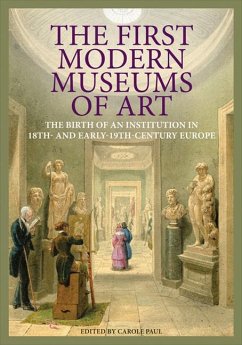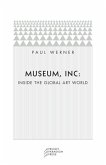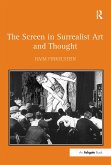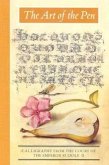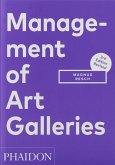In the eighteenth and early nineteenth centuries the first modern, public museums of art--civic, state, or national--appeared throughout Europe, setting a standard for the nature of such institutions that has made its influence felt to the present day. Although the emergence of these museums was an international development, their shared history has not been systematically explored until now. Taking up that project, this volume includes chapters on fifteen of the earliest and still major examples, from the Capitoline Museum in Rome, opened in 1734, to the Alte Pinakothek in Munich, opened in 1836. These essays consider a number of issues, such as the nature, display, and growth of the museums' collections and the role of the institutions in educating the public. The introductory chapters by art historian Carole Paul, the volume's editor, lay out the relationship among the various museums and discuss their evolution from private noble and royal collections to public institutions. In concert, the accounts of the individual museums give a comprehensive overview, providing a basis for understanding how the collective emergence of public art museums is indicative of the cultural, social, and political shifts that mark the transformation from the early-modern to the modern world. The fourteen distinguished contributors to the book include Robert G. W. Anderson, former director of the British Museum in London; Paula Findlen, Ubaldo Pierotti Professor of Italian History at Stanford University; Thomas Gaehtgens, director of the Getty Research Institute; and Andrew McClellan, dean of academic affairs and professor of art history at Tufts University.

